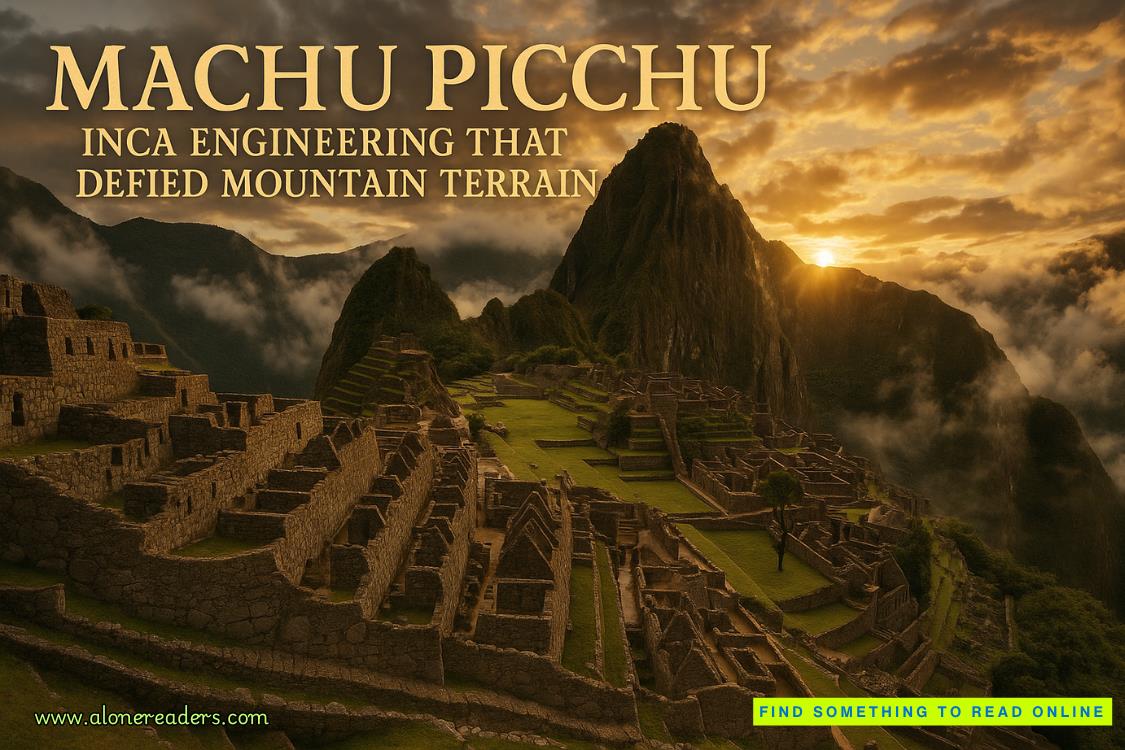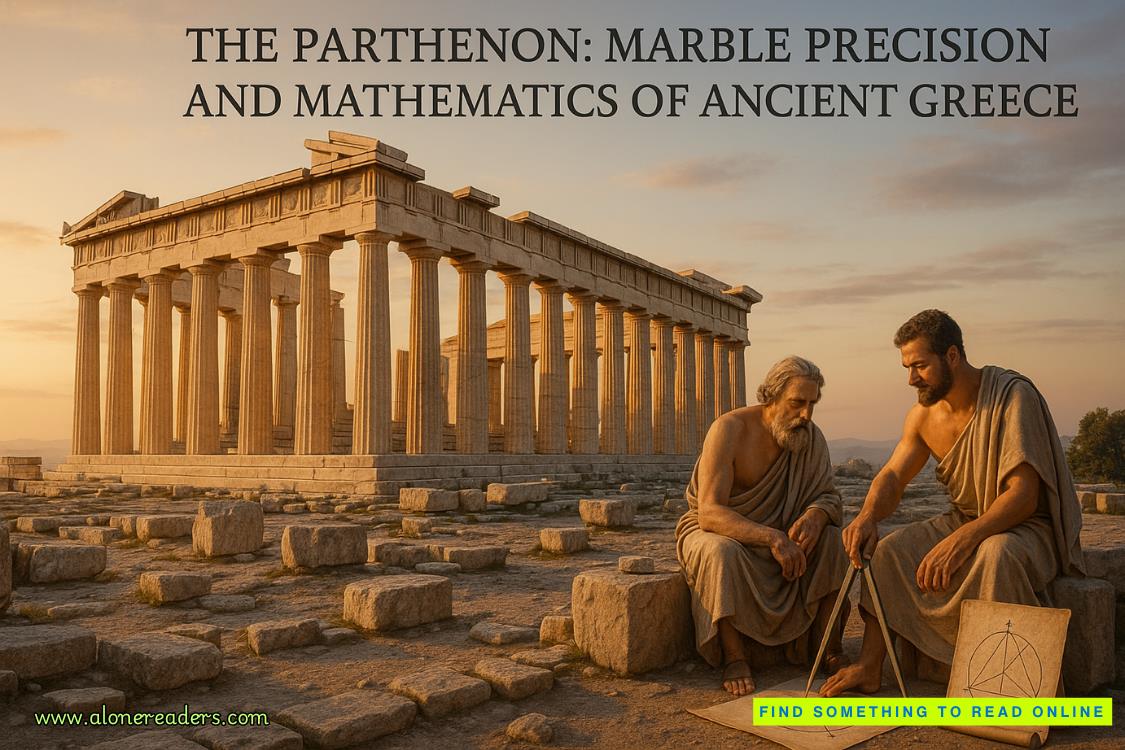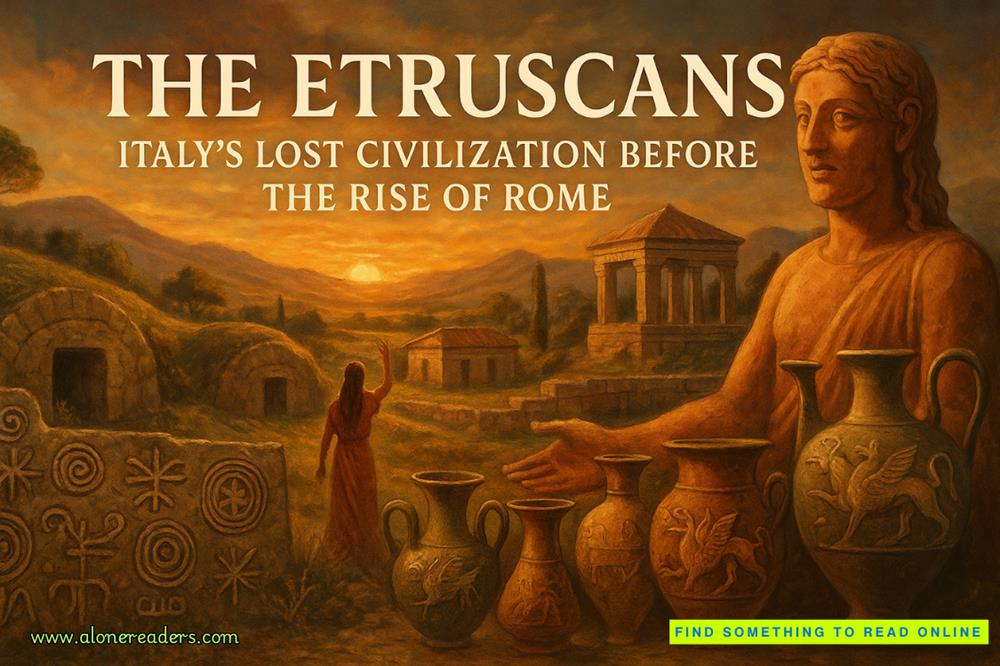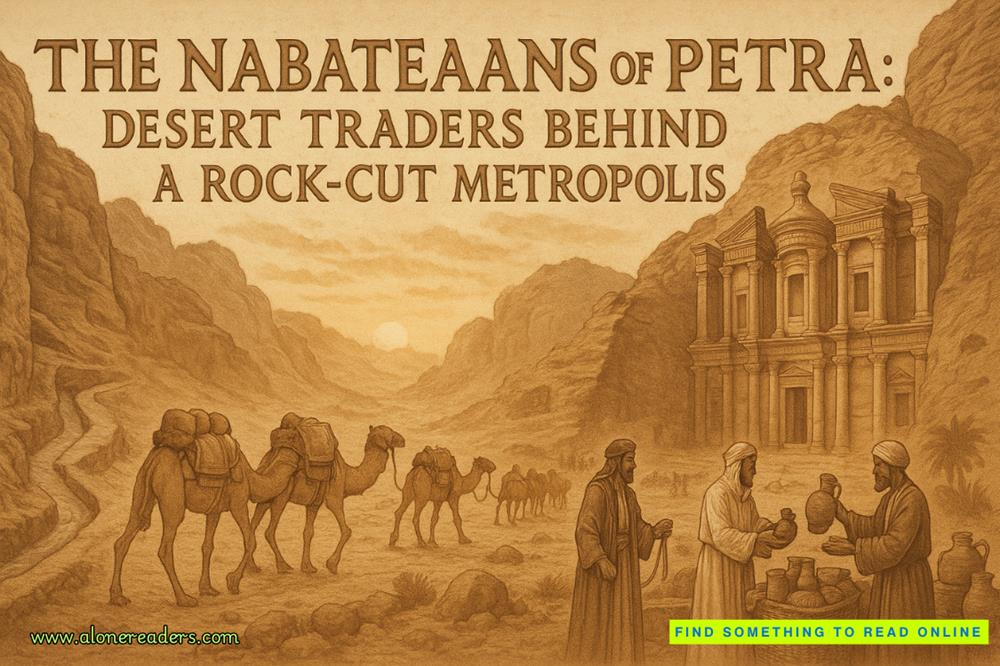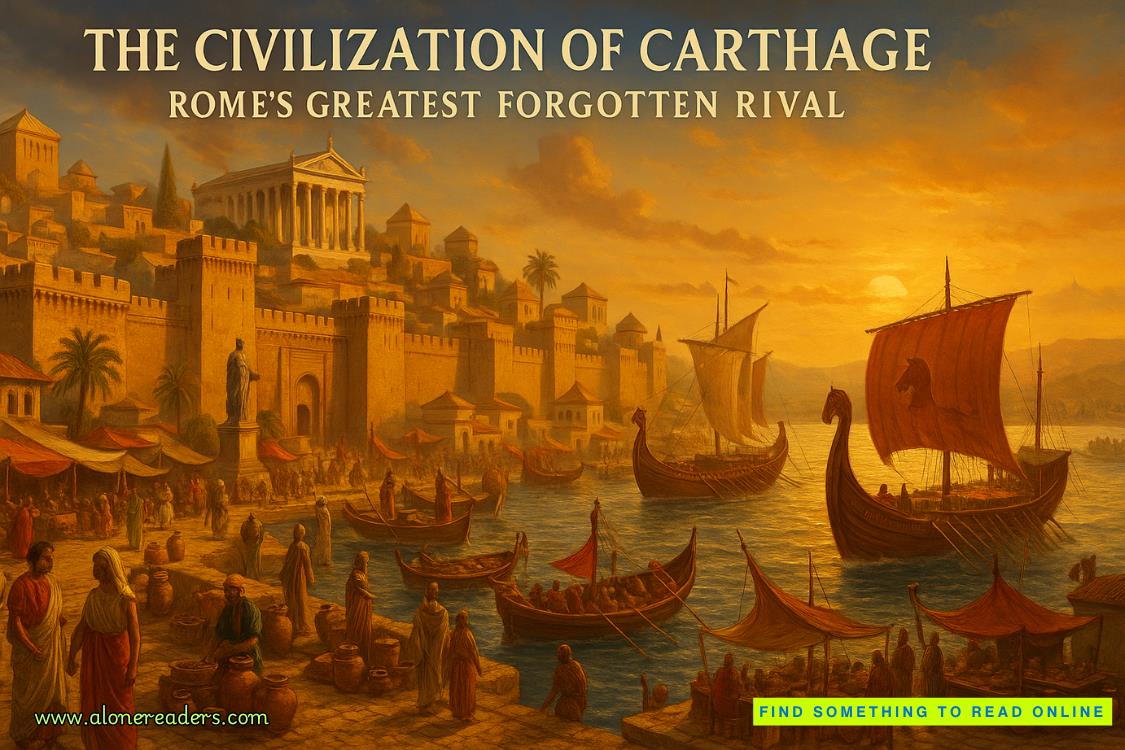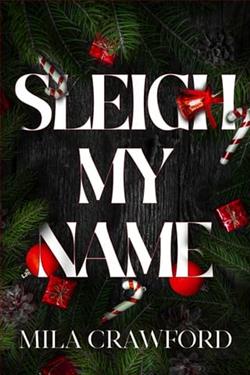Page 17 of Prince Material
He hesitated, that familiar calculation playing across his features. “I can get my own?—”
“Nope, my treat. Consider it payment for helping me with that calculus problem on Monday.” I was already heading for the truck, knowing he’d follow. “Besides, I need a neutral party to tell me if these measure up to proper Belgian waffles.”
“You’re Dutch, not Belgian.”
“Yes, but I’ve had enough Belgian waffles to be a qualified judge. It’s practically a requirement of European royalty.”
“You’re ridiculous,” Orson said, but he followed me to the truck anyway.
Once we had our waffles, we found a bench near the Commons’ central fountain, where the spray provided some relief from the late-summer heat. Orson took a few pictures before he put his camera down and focused on his waffle.
The waffles were actually decent: crispy on the outside, fluffy inside, and drowning in maple syrup. The syrup wasn’t something I was used to, as we didn’t have it back home, but I did like it. It was slightly nutty and while sweeter than I was used to, still yummy.
“Verdict?” Orson asked as I took another bite.
I made a show of considering, chewing thoughtfully. “Not bad. The texture’s good, though they’re sweeter than European ones. Belgian waffles are more about the dough than the toppings.”
“You really are a waffle snob.”
“I prefer waffle connoisseur.”
I watched as he carefully cut his portion into precise bites. Even when eating street food, he maintained that methodical approach.
“You know you can pick it up, right? That’s kind of the point of street food.”
He shot me a look. “That’s rich, coming from a guy who eats a hamburger with a knife and fork. Also, some of us prefer not wearing our breakfast.”
“Where’s the fun in that?” I deliberately took a huge bite, letting syrup drip down my chin. His expression of horror was worth the sticky mess.
“You’re actually five years old.”
“Six, thank you very much.” I wiped my face with a napkin, grinning. “So, what do you want to see first? Mechanics Hall is supposed to be amazing, or we could check out that art museum?—”
“You researched tourist attractions?”
The surprise in his voice made me pause. “I always research places I’m visiting. It’s kind of ingrained at this point, like a part of royal training. Know your destination, understand its history, don’t accidentally offend the locals…”
“That’s considerate.”
His words warmed something inside me. “It’s habit by now, though I have to admit, Worcester has more interesting history than I expected. Did you know this city was a major stop on the Underground Railroad?”
“I did, actually.” Orson’s eyes lit up with genuine interest. “There are still houses standing from that era, with hidden rooms and escape tunnels. The Salisbury House downtown has some of the original architecture preserved.”
“Want to check it out?” I suggested, hoping to maintain that spark of enthusiasm. “It’s not far from here.”
He hesitated, and I could practically see him weighing the educational value against his study schedule. “I suppose it would be relevant to my architectural history course.”
“That’s the spirit! Justify fun with academics.” I stood, offering him a hand up. “Come on, I’ll even let you tell me about load-bearing walls and whatever else catches your engineering eye.”
He ignored my hand but rose anyway, his lips twitching with what might have been a suppressed smile. “You have no idea what you’re getting into. I can talk about historical construction methods for hours.”
“Try me.” I fell into step beside him as we headed down thestreet. “I once listened to a two-hour lecture on proper fork placement at state dinners. I think I can handle you.”
As we walked, Orson began to relax, pointing out architectural details I would’ve missed—the way certain buildings used different brick patterns for stability, how window placements revealed their original purposes. His voice took on a different quality when he talked about architecture, losing that careful restraint.
“See how the corners are reinforced?” He gestured to an old bank building that he’d taken at least a dozen pictures of. “That’s called quoining. It’s both functional and decorative.”
“Like your personality,” I teased. “Practical on the outside, but secretly artistic.”

